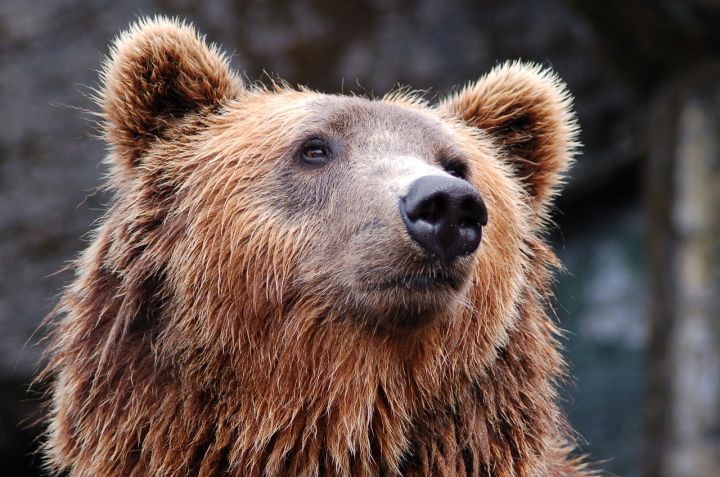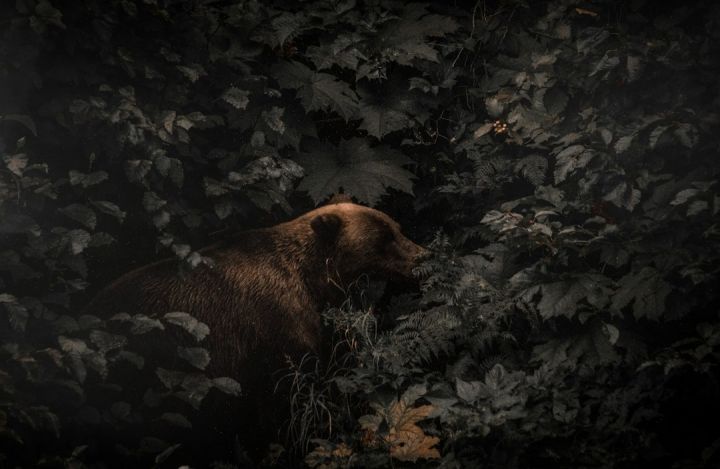Do Bears Have Good Eyesight?
Bears are fascinating creatures that have captured the imagination of humans for centuries. From their immense size and strength to their mysterious behavior, there are many aspects of bears that pique our curiosity. One question that often arises is whether bears have good eyesight. In this article, we will delve into the world of bears’ eyesight and explore just how well they can see.
The Anatomy of Bear Eyes
Before we dive into the topic of bears’ eyesight, it is important to understand the basic anatomy of their eyes. Similar to humans, bears have two eyes located on the front of their heads, providing them with binocular vision. This allows them to accurately judge distance and perceive depth. Additionally, bears have a reflective layer behind their retinas called the tapetum lucidum, which enhances their night vision.
Visual Acuity
When it comes to visual acuity, or the ability to see fine details, bears do not have the sharpest vision among mammals. Research has shown that their visual acuity is similar to that of a human with 20/30 vision. This means that bears can see objects clearly at a distance of 20 feet that a person with normal vision could see clearly at 30 feet. While not the best eyesight in the animal kingdom, bears’ vision is still sufficient for their survival and hunting needs.
Color Vision
Contrary to popular belief, bears do have color vision. However, their color vision is not as vibrant or detailed as that of humans. Bears primarily see in shades of blue and green, with limited ability to distinguish between red and orange. This is due to the presence of fewer cones, the light-sensitive cells responsible for color vision, in their retinas. Despite this limitation, bears’ color vision is still adequate for their daily activities and does not hinder their ability to find food or navigate their surroundings.
Night Vision
One area where bears excel is their night vision. Thanks to their tapetum lucidum, bears possess exceptional night vision, allowing them to see clearly in low-light conditions. This adaptation is particularly useful for bears that are active at night, such as the nocturnal species like the black bear. The tapetum lucidum reflects light back through the retina, maximizing the amount of light available for vision. As a result, bears can spot prey, navigate in the dark, and avoid obstacles with ease.
Peripheral Vision
Another aspect of bears’ eyesight worth mentioning is their impressive peripheral vision. Bears have a wide field of view, estimated to be around 280 degrees. This means they can see objects and movements from the sides without needing to turn their heads. This wide peripheral vision is an essential tool for bears, enabling them to detect potential threats or prey from a distance while remaining aware of their surroundings.
In Conclusion
While bears may not have the sharpest visual acuity or the most vibrant color vision compared to humans, they are well-adapted to their environment. Their binocular vision, night vision, and wide peripheral vision all contribute to their survival in the wild. Bears’ eyesight may not be extraordinary, but it is certainly effective for their needs. So the next time you encounter a bear, remember that its eyesight is a valuable tool in its arsenal of adaptations.






